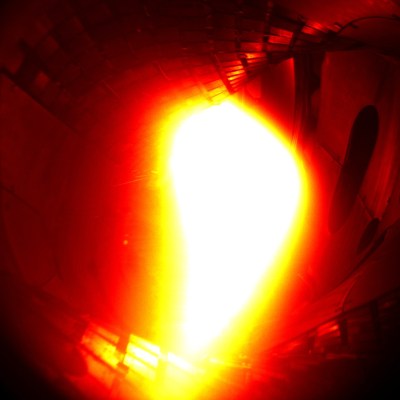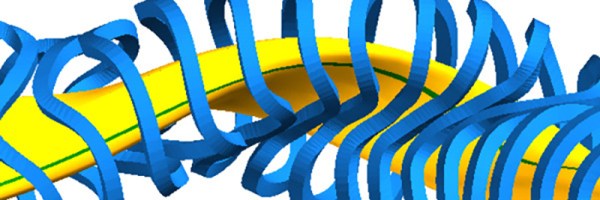If you’re looking for the future of humanity, look no further than the first plasma generated in the Wendelstein 7-X Stellerator at the Max Planck Institute for Plasma Physics. It turned on for the first time yesterday, and while this isn’t the first fusion power plant, nor will it ever be, it is a preview of what may become the invention that will save humanity.

For a very long time, it was believed the only way to turn isotopes of hydrogen into helium for the efficient recovery of power was the Tokamak. This device, basically a hollow torus lined with coils of wire, compresses plasma into a thin circular string. With the right pressures and temperatures, this plasma will transmute the elements and produce power.
Tokamaks have not seen much success, though, and this is a consequence of two key problems with the Tokamak design. First, we’ve been building them too small, although the ITER reactor currently being built in southern France may be an exception. ITER should be able to produce more energy than is used to initiate fusion after it comes online in the 2020s. Tokamaks also have another problem: they cannot operate continuously without a lot of extraneous equipment. While the Wendelstein 7-X Stellerator is too small to produce a net excess of power, it will demonstrate continuous operation of a fusion device. [Elliot Williams] wrote a great explanation of this Stellerator last month which is well worth a look.
While this Stellerator is just a testbed and will never be used to generate power, it is by no means the only other possible means of creating a sun on Earth. The Polywell – a device that fuses hydrogen inside a containment vessel made of electromagnets arranged like the faces of a cube – is getting funding from the US Navy. Additionally, Lockheed Martin’s Skunk Works claims they can put a 100 Megawatt fusion reactor on the back of a truck within a few years.
The creation of a fusion power plant will be the most important invention of all time, and will earn the researchers behind it the Nobel prize in physics and peace. While the Wendelstein 7-X Stellarator is not the first fusion power plant, it might be a step in the right direction.


















